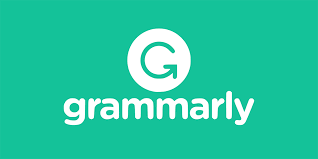An Examination of the Students' Narrative Writings' Coherence and Cohesion in MTs. Nurul Furqoon Binjai
Keywords:
coherent, cohesive, story-likeAbstract
This study aimed to characterize and explain (a) the coherence and cohesion of the English narrative writings produced by the study participants; (b) the coherence and cohesion of the study participants' writings; and (c) the challenges the study participants faced in producing coherent and coherent English narrative writings. This research was intended to be qualitative in nature. Thirty ninth-grade students from MTs. Nurul Furqoon Binjai participated in this study. Three methods were used to gather the data: instructor interviews, student questionnaires, and narrative writing assignments. The hypothesis presented by Halliday and Hasan (1976) was used to analyze the data. Grammatical cohesion (reference, substitution, ellipsis, conjunction), lexical cohesion (reiteration and collocation), and coherence were the three main areas of focus for the investigation. Based on the study's findings, (a) students created five different kinds of cohesive devices to help their papers be coherent, with the most common application being personal reference (70.77%). Next, it was succeeded by conjunction (28.51%), substitution (0.57%), ellipsis (0.14%), and lexical cohesion, which was employed in 137 items, with repetition accounting for 78%; (b) the students created coherence in the narratives by developing themes and the generic structure; (c) a few coherence issues were found, including those involving reference (personal, demonstrative), conjunction (additive, adversative, causal, temporal), and limited lexical item selection.
Downloads
Published
Issue
Section
License
Copyright (c) 2024 Noni Efrida

This work is licensed under a Creative Commons Attribution-ShareAlike 4.0 International License.








